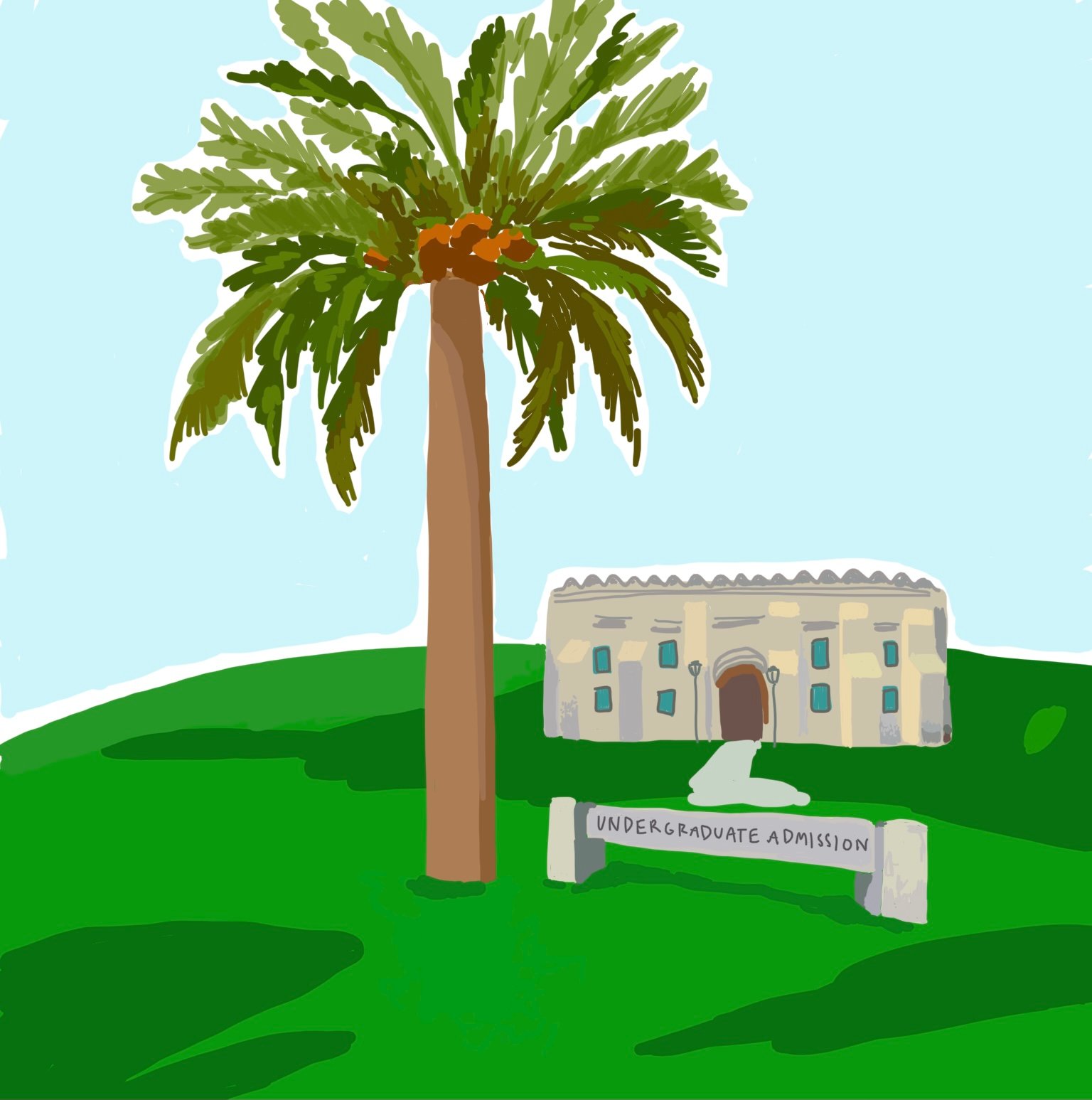Oh, the joyous season of applying to college! Scrambling to get one more letter of recommendation, fighting against the clock to submit an application before 11:59 p.m. and writing one final “Why me?” essay. It is a tedious process that I’m sure we all remember, and once you hit submit on your final application, you feel the greatest relief.
Right now, the Class of 2027 is working on their college applications. Deadlines are flying by: Stanford’s restrictive early action application closed on Nov. 1.
My experience with the college application process was bittersweet. Bitter — the process, with an absurd amount of time spent writing and editing essays while trying to keep up with my high school classwork. Sweet — the support I was fortunate enough to receive in order to represent myself properly in my applications. However, this support would not have been available to me if I had not looked for it.
There are evident disparities in education. Not everyone obtains the same quality of education and not everyone has the same resources to advance their educational career. With many educational systems set up to keep students within the schools in their communities through zip-code restrictions, students from under-resourced schools cannot attend a school with better resources outside their community. This is especially true for public schools that rely on funding from the government and local taxes.
Within schools that have a more significant amount of funding, especially private schools, students often have greater access to higher education resources. For example, there may be more college counselors that can individually support students and have informational meetings with admissions officers from prestigious universities. However, schools with less funding often don’t even have a college counselor, only an academic counselor who is meant to support achievement in high school. The lack of access to college application support may deter students from applying to prestigious institutions despite being more than capable enough to succeed at these universities.
However, free online resources give prospective students, especially low-income and first-generation students, information that they normally would not have access to. (Shoutout to my fellow FLI (first-generation, low-income) and FLI-SO (first-generation, low-income, student orientation) students at Stanford!)
As a USC Bovard Scholar, I participated in a summer intensive before senior year, where I gained valuable information about the college application process. Additionally, I was paired with a coach with extensive experience in college admissions to help with my application. However, I would not have found or applied for this program without a YouTube video I watched during my sophomore year of high school, in which a previous Bovard Scholar documented their experience at the program.
In addition to the support I received from USC Bovard Scholars, I also received support from online resources, such as college preparatory websites and content creators that focused on college admissions. YouTubers like Domonique Cynthia, TikTokers like Gohar Khan, Instagram accounts like @firstgensupport and companies like Marco Learning provide free access to college admissions support. Even experience videos or campus tours can help students determine if they want to apply to a school without spending money to visit a college campus. The free support that the internet and social media can give students applying to college is astonishing.
Resources developed by FLI students can be especially helpful for FLI applicants because the advice comes from a perspective they can relate to. Such resources can help students construct their college lists and understand the possible benefits of attending a private college rather than a public college, especially with regards to financial aid. The online community can also make students aware of organizations in the college admissions space that may not be worth your time or money.
With college applications season going at full force right now, there is an influx of college admissions resources popping up all over the internet to guide students around the world as they apply to their dream schools. So, if you are a high school senior applying to college and happen to stumble across this article, I’ll leave you with a list of some of my favorite resources.
YouTube
TikTok
Stanford-related content, because why not?
Programs:
